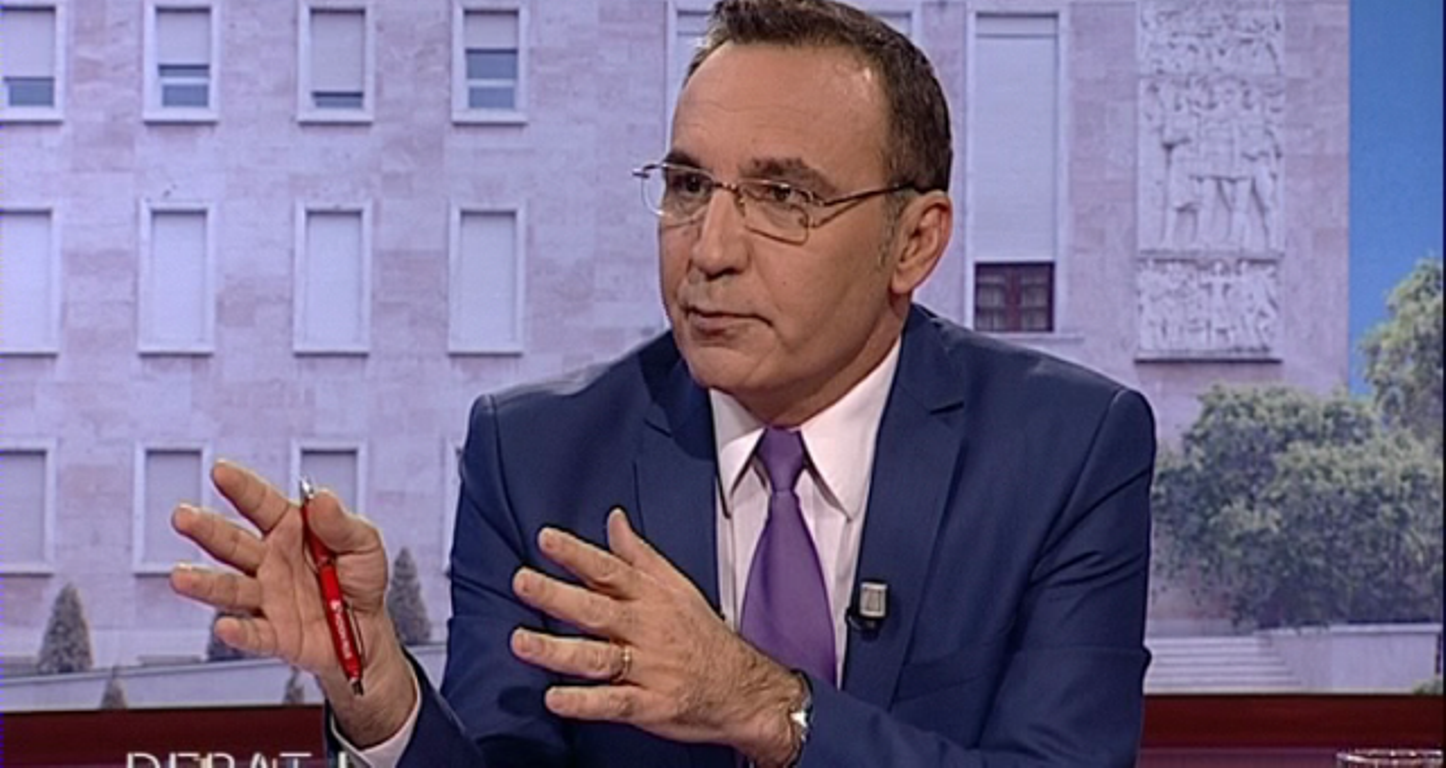
This article has been written for Albanian Free Press newspaper and www.albanianfreepress.al
By Eduard Zaloshnja
Public-Private Partnership projects otherwise known as PPPs have recently prompted a big debate. Democrat leader, Lulzim Basha has pledged that he will abolish them once he assumes office as prime minister. Meanwhile, PPPs have also sparked heated debates in parliament following the strong warnings issued by IMF and World Bank concerning the fiscal risk that they may pose. Meanwhile, the media often unveils suspicious affairs behind these PPPs.
Under these conditions, we need to conduct an analysis of these PPPs at a macro level in order to assess the extent to which they will be a burden for public finances.
PPPs have seen a significant growth in the past five years in Albania. Until 2013, this financing scheme was restricted to concessions granted by the government for services offered by private companies. In the past five years, PPPs have been used in the service sector and the construction sector (especially in infrastructure).
As a result of the growth of investments through PPPs, the annual payments that the government should make to private companies involved in the PPP schemes has risen significantly. This year, the government is expected to pay 115 million euros to these companies. In 2013, this amount was only 15 million USD.
Given that these payments are guaranteed by the government, the funds that the treasury allocates for their payment represent a fiscal obligation, similar to the payments of interest rates for public debt. Luckily, these payments have seen a gradual decrease in the recent years.
This decrease in debt interest is not due to the decrease in its nominal value, but as a result of the decline in the level of interests in the domestic market (through T-bonds) and external market (through Eurobonds). In 2013, the government used to pay around 400 million USD worth of interest rates relating to public debt, while this year, it will pay around 300 million USD.
If no significant changes are made on the fiscal situation, annual expenses for companies involved in PPPs will continue to rise, while payments for interest rates on public debt will continue to drop. Nevertheless, both of these payments (taken together) will represent a tax burden for future generations.
This is why the IMF and World Bank have raised the alarm concerning the level of PPPs. First of all, the bond market will not always offer low interest rates. Bank of Albania has signaled that it could raise interest rates in the near future if inflation and GDP continue to grow more than the current rate. Meanwhile, in the bond market there are signs that countries which do not have a very good fiscal system will face higher interest rates.
Meanwhile, some PPPs are at their initial phase and they have not yet achieved their maturity period. A combination of higher interest rates for public debt and an increase of the annual payment for PPPs would cause real trouble for every government which is in office.
Note: The views expressed in this article are the author's own and do not necessarily reflect Albanian Free Press’ editorial policy





 ALB
ALB
 ENG
ENG
